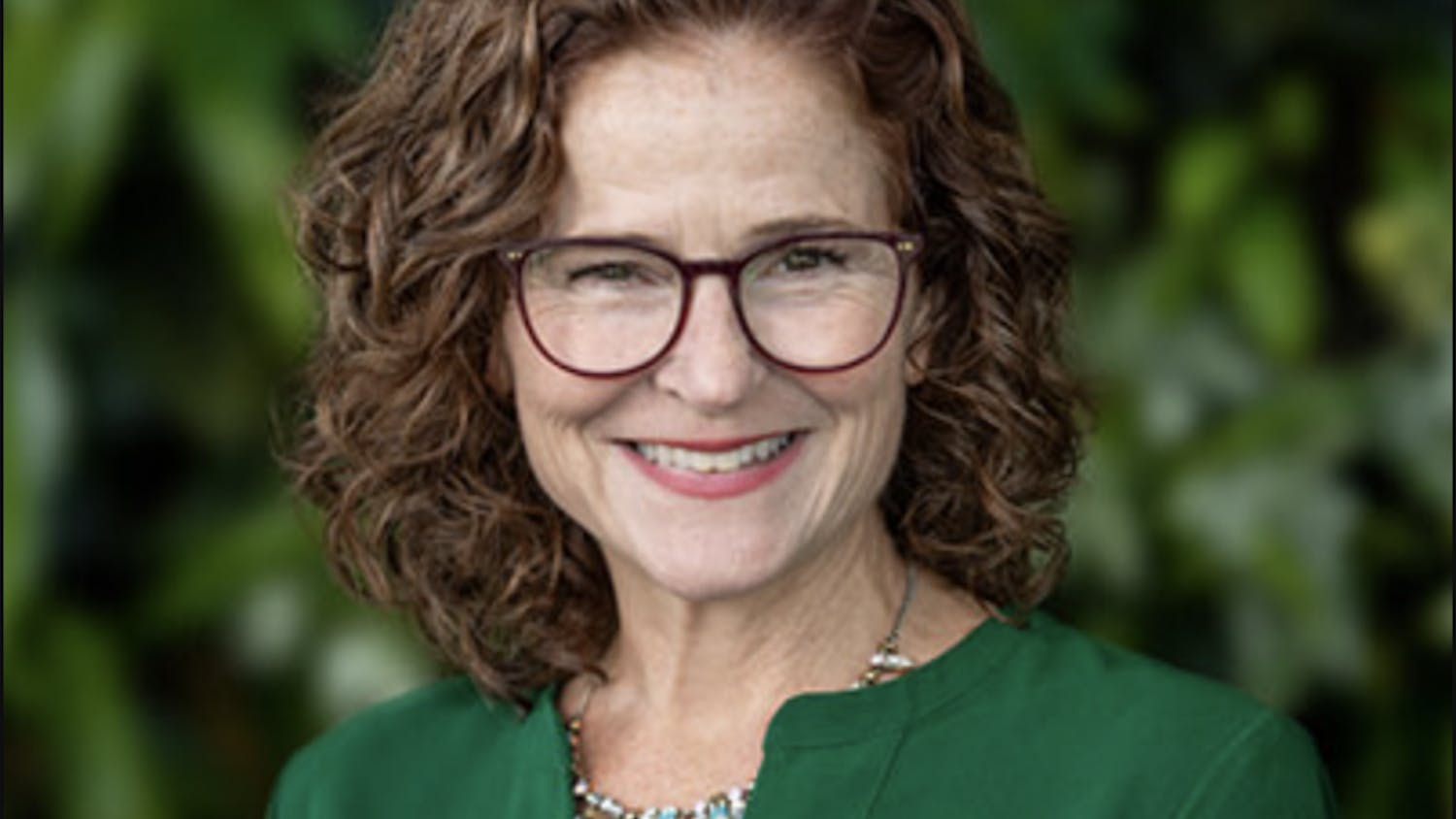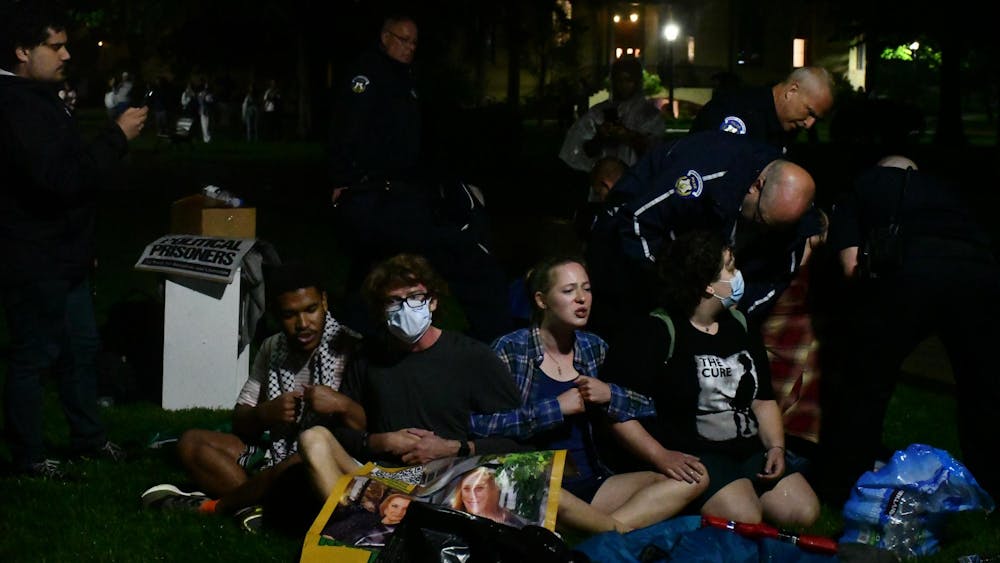Author and policy fellow Richard Kahlenberg visited campus Wednesday evening to discuss the future of affirmative action after the Supreme Court ruling this summer.
Kahlenberg served as an expert witness in the Students for Fair Admissions (SFFA) v. Harvard and SFFA v. University of North Carolina cases this summer. The rulings effectively overturned affirmative action, declaring race-based admissions policies unconstitutional under the 14th amendment.
The decision has sent universities scrambling for new ways to preserve the diversity of their student bodies, but Kahlenberg said that the origin of affirmative action can offer some suggestions.
Affirmative action began after the passage of the 1964 Civil Rights Act, when activists were looking beyond the outlaw of racial discrimination toward addressing the history of oppression. Kahlenberg argued that Dr. Martin Luther King, Jr. advocated for a bill of rights not just for Black people, but also for the economically disadvantaged.
“Towards the end of his life, many of you may know [King] was beginning a poor people's campaign that was going to draw on economically disadvantaged people of all races,” Kahlenberg said.
After King’s assassination, early Supreme Court cases about affirmative action specified the legal rationale behind the policy.
In the 1978 case Regents of the University of California v. Bakke, conservative justice Lewis Powell rejected the idea that affirmative action is needed as compensation for past oppression, arguing instead that diverse student bodies benefit white students, Kahlenberg said. From 1978 to 2023, the Supreme Court clearly said race-based affirmative action was legal, he added.
“Universities … sought racial diversity without socioeconomic diversity,” Kahlenberg said. “So they often sought to bring fairly wealthy students of all colors together, which is better than an all white student body that is wealthy, but perhaps insufficient for some of us.”
Kahlenberg cited a study that found recruited athletes received 30.2 percentage points of advantage in the admissions process at elite colleges, legacy students received 19.7 percentage points and underrepresented minorities received 27.7 percentage points. By comparison, first-generation college students received 4.1 percentage points of advantage and students in the bottom income quartile received no admissions advantage.
Kahlenberg said that while the American public is in favor of racially diverse college campuses, they are skeptical of using race as a factor in college admissions.
“The American public is not studying this data on race and class, but they do have a basic hunch that to grow up in a poor family means the deck is stacked against you. And, they have deep concerns about using race in admissions,” Kahlenberg said.
After the Supreme Court rejected affirmative action last summer, Kahlenberg described two possible solutions for universities to pursue.
Either universities could recreate the past system through the “personal essay loophole” or they could establish race-neutral admissions strategies. The second option, Kahlenberg said, is more expensive but “legally safer.”
Race-neutral admissions strategies could include giving a preference to low-socioeconomic status students, providing more financial aid, targeting recruitment of minority students or relying on community college transfers as a path for boosting racial and ethnic diversity.
In a simulation Kahlenberg ran and presented to the Supreme Court, the introduction of race-neutral admissions strategies maintained the total number of minority students and increased the percentage of economically disadvantaged students to almost half the class. However, the simulation predicted a slightly lower percentage of Black students admitted.
Last year, the University of Notre Dame signed an amicus brief alongside 56 other Catholic universities supporting institutions that have employed affirmative action in their admissions. The brief argued that admitting a diverse student body is a fulfillment of the University’s commitment to its religious mission and the global church.
Jennifer Mason McAward, director of the Klau Institute for Civil and Human Rights, moderated the discussion with Kahlenberg. She asked whether there is a space for religious universities to pursue racial diversity as an exercise of their religious freedom.
“I want Notre Dame to pursue racial diversity, just by different means,” Kahlenberg said.
Kahlenberg has also described legacy admissions as a form of class-based discrimination in favor of the rich.
“I think there is this complicated relationship between [race-based affirmative action and legacy admissions]. They've been mutually reinforcing and at the same time are contradictory,” he said.
Kahlenberg argued affirmative action “papered over” deep inequalities in college admissions at the economic level by boosting racial diversity, allowing legacy admissions to continue.
“I think legacy preferences ultimately will fall as a result of this decision,” he said.













